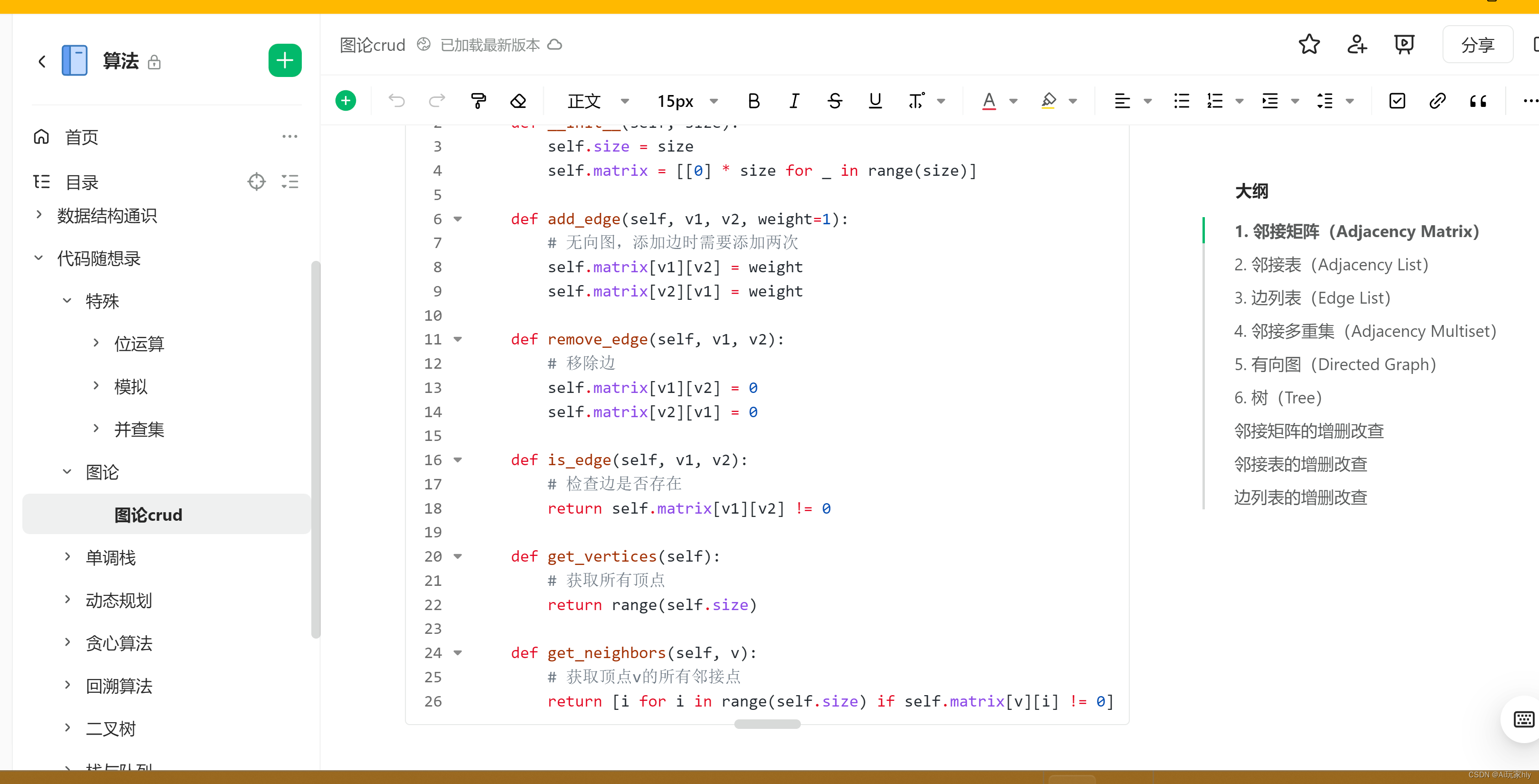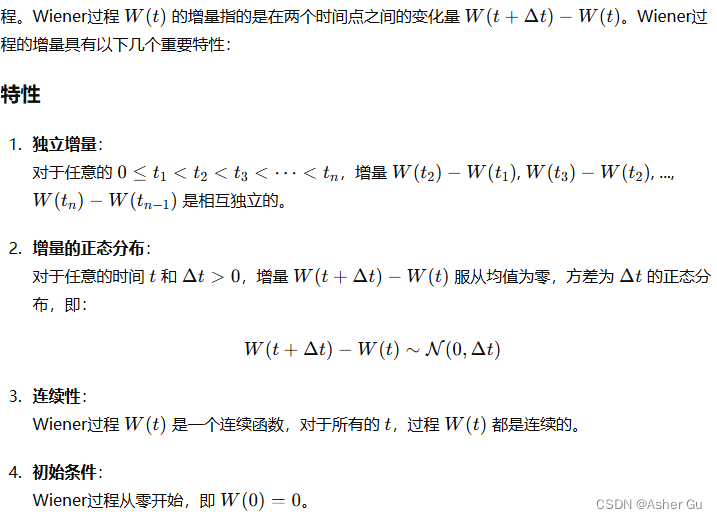目录
- 1 什么是gperftools?
- 2 gperftools安装流程
- 3 gperftools使用案例
1 什么是gperftools?
gperftools是Google Performance Tools的简称,是由谷歌开发的一套性能分析工具。它主要用于帮助开发人员进行性能分析和优化,使他们能够更好地了解其程序的性能瓶颈并进行有效的优化。gperftools包含了多个工具,其中最知名的是CPU Profiler和Heap Profiler。CPU Profiler可以帮助开发人员分析程序的CPU使用情况,找出可能的性能瓶颈;而Heap Profiler则用于检测程序中的内存泄漏和内存占用情况。除了这些主要工具外,gperftools还包含了一些其他有用的工具和库,如库的跟踪器、线程检查器和动态符号化工具等,都有助于开发人员更好地理解和优化其程序的性能。

2 gperftools安装流程
按照以下步骤安装:
- 命令行安装依赖项
其中sudo apt install autoconf automake libtool graphvizgperftools使用graphviz将代码性能分析结果进行图形化显示。graphviz是一个由 AT&T 实验室开发的开源工具包,用于绘制 DOT 语言脚本描述的图形 - 源码安装依赖项
gperftools在 64 位操作系统下需要libunwind库的支持,libunwind提供了可用于分析程序调用栈的 APIwget https://github.com/libunwind/libunwind/releases/download/v1.6.2/libunwind-1.6.2.tar.gz tar -zxvf libunwind-1.6.2.tar.gz cd libunwind-1.6.2 ./configure make -j 8 sudo make install - 源码安装
gperftools
注意这里需要使用gcc-7以上的编译器,否则会报错git clone https://github.com/gperftools/gperftools.git cd gperftools ./autogen.sh ./configure make -j 8 sudo make installconfigure: error: *** A compiler with support for C++17 language features is required. - 刷新动态库文件
sudo ldconfigldconfig可执行程序存放在/sbin目录下,通常在系统启动时运行,而当用户安装了一个新的动态链接库时,需要手动运行这个命令。运行ldconfig会刷新动态装入程序ld.so所需的链接和缓存文件/etc/ld.so.cache(此文件保存了已排好序的动态链接库名字列表),实现动态链接库为系统所共享。 - 测试安装
终端输入
返回以下帮助文档说明安装成功pprofOptions: --cum Sort by cumulative data --base=<base> Subtract <base> from <profile> before display --interactive Run in interactive mode (interactive "help" gives help) [default] --seconds=<n> Length of time for dynamic profiles [default=30 secs] --add_lib=<file> Read additional symbols and line info from the given library --lib_prefix=<dir> Comma separated list of library path prefixes --no_strip_temp Do not strip template arguments from function names Reporting Granularity: --addresses Report at address level --lines Report at source line level --functions Report at function level [default] --files Report at source file level Output type: --text Generate text report --stacks Generate stack traces similar to the heap profiler (requires --text) --callgrind Generate callgrind format to stdout --gv Generate Postscript and display --evince Generate PDF and display --web Generate SVG and display --list=<regexp> Generate source listing of matching routines --disasm=<regexp> Generate disassembly of matching routines --symbols Print demangled symbol names found at given addresses --dot Generate DOT file to stdout --ps Generate Postscript to stdout --pdf Generate PDF to stdout --svg Generate SVG to stdout --gif Generate GIF to stdout --raw Generate symbolized pprof data (useful with remote fetch) --collapsed Generate collapsed stacks for building flame graphs (see http://www.brendangregg.com/flamegraphs.html)
3 gperftools使用案例
使用以下的测试代码
#include <gperftools/profiler.h>
#include <stdio.h>
void func1() {
int i = 0;
int j = 0;
for (i = 0; i < 1000; i++) {
for (j = 0; j < 100000; j++) {
;
}
}
}
void func2() {
int i = 0;
int j = 0;
for (i = 0; i < 200; i++) {
for (j = 0; j < 100000; j++) {
;
}
}
}
void func3() {
int i = 0;
int j = 0;
for (i = 0; i < 300; i++) {
for (j = 0; j < 100000; j++) {
;
}
}
}
void func4() {
func1();
func2();
func3();
}
int main() {
ProfilerStart("my.prof"); // 指定所生成的profile文件名
func4();
ProfilerStop(); // 结束profiling
}
接着按以下步骤进行
- 编译代码
如果是gcc -o demo demo.c -lprofiler -lunwindCMakeLists编译,则需要链接到库target_link_libraries(${FileName} profiler ) - 运行代码并生成报告
pprof --pdf ./demo my.prof > output.pdf - 查看报告

可以看到性能瓶颈在func1
🔥 更多精彩专栏:
- 《ROS从入门到精通》
- 《Pytorch深度学习实战》
- 《机器学习强基计划》
- 《运动规划实战精讲》
- …

![【2024最新华为OD-C/D卷试题汇总】[支持在线评测] K小姐和A先生的聚餐计划(200分) - 三语言AC题解(Python/Java/Cpp)](https://img-blog.csdnimg.cn/direct/40c8e976ca794190b81c45d81d26dfb9.png)
![[自动驾驶 SoC]-4 特斯拉FSD](https://img-blog.csdnimg.cn/direct/8fb72c8a1c3844d3bde9eea558cc5815.png)








![[环境配置]vscode通过ssh连接autodl进行项目开发](https://img-blog.csdnimg.cn/img_convert/c5e1dbc898e3463aac03e89c1f82a5f1.png)






